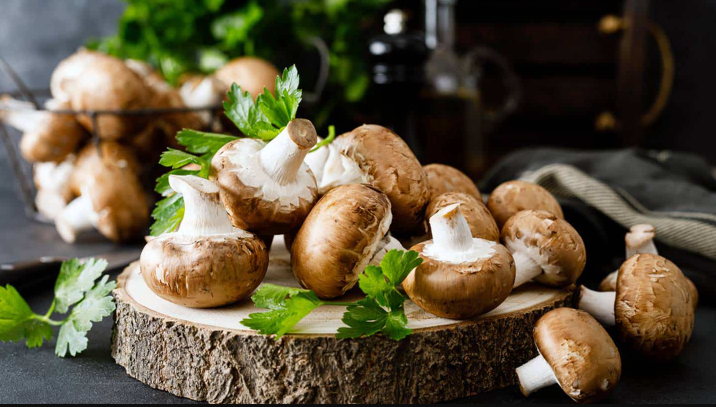Completing your treatment for colon cancer is a significant milestone, marking a time for healing, renewal, and reclaiming your health. The food you choose to eat from now on can be a powerful tool for rebuilding your body, supporting your immune system, and giving you the energy you need to thrive.
This guide will introduce you to five food groups that can become key allies in your long-term wellness journey.
Important Note: This article is for informational purposes only and is not a substitute for professional medical advice. Always consult your doctor or a registered dietitian before making significant changes to your diet, especially after cancer treatment.
1. Beans and Legumes: The Fiber Powerhouses
Fiber is your colon’s best friend. It helps waste move through the digestive system efficiently, which is crucial for a healthy colon. Beans, lentils, and chickpeas are packed with fiber, along with essential vitamins and minerals. They are a gentle and effective way to nourish your body and promote regularity.
How to Add Them to Your Diet
- Stir black beans or chickpeas into salads.
- Enjoy a comforting lentil soup.
- Use mashed beans as a base for veggie burgers.
2. Berries: Your Antioxidant Shield
Berries are more than just a sweet treat. Fruits like blueberries, raspberries, and strawberries are bursting with antioxidants that can help protect your cells from damage. After treatment, giving your body a steady supply of these protective compounds is a great way to support its healing and reduce inflammation.
How to Add Them to Your Diet
- Add a handful to your morning oatmeal or yogurt.
- Blend them into a smoothie with spinach and a banana.
- Enjoy them as a refreshing snack.
3. Fermented Foods: Rebuilding Your Gut
Many treatments can impact the balance of beneficial bacteria in your gut. Yogurt, kefir, and sauerkraut are great sources of probiotics, which are the good bacteria your gut needs to stay healthy. A strong and diverse gut microbiome is linked to a powerful immune system and overall well-being.
How to Add Them to Your Diet
- Start your day with a serving of plain, unsweetened yogurt.
- Add a small spoonful of sauerkraut to sandwiches or salads.
- Enjoy a glass of kefir for a quick probiotic boost.
4. Cruciferous Vegetables: The Detox Allies
Vegetables like broccoli, kale, and cabbage contain unique compounds that support the body’s natural detoxification processes. They help your body clear out toxins and support cellular health. Including them in your diet is a proactive way to maintain wellness after treatment.
How to Add Them to Your Diet
- Roast broccoli or cauliflower with a little olive oil.
- Add chopped kale to soups or stews.
- Enjoy a crunchy cabbage slaw.
5. Fatty Fish: The Inflammation Fighters
Salmon, mackerel, and sardines are excellent sources of Omega-3 fatty acids. These healthy fats are powerful anti-inflammatory agents. Since chronic inflammation can contribute to various diseases, including some cancers, incorporating these foods is a valuable step in your long-term health strategy.
How to Add Them to Your Diet
- Bake or grill a salmon fillet for dinner.
- Add canned sardines to your salads.
- Try a simple mackerel salad sandwich.
Conclusion: A Nourishing Path Forward
Choosing what to eat is an empowering act of self-care. By incorporating these five powerful food groups into your diet, you’re not just eating well; you’re actively supporting your body’s recovery and building a strong foundation for a healthy future.
Which of these foods are you most excited to add to your plate?



